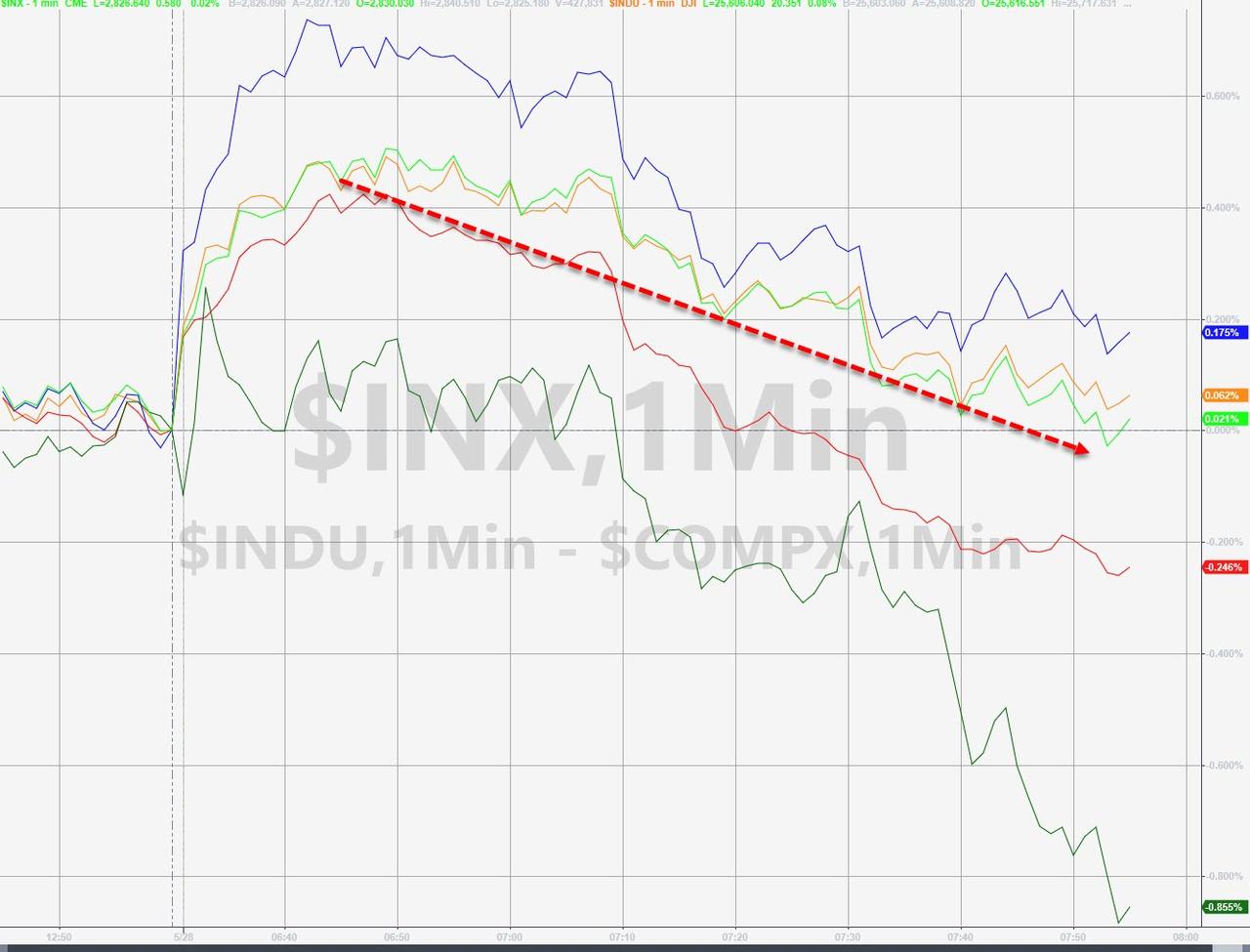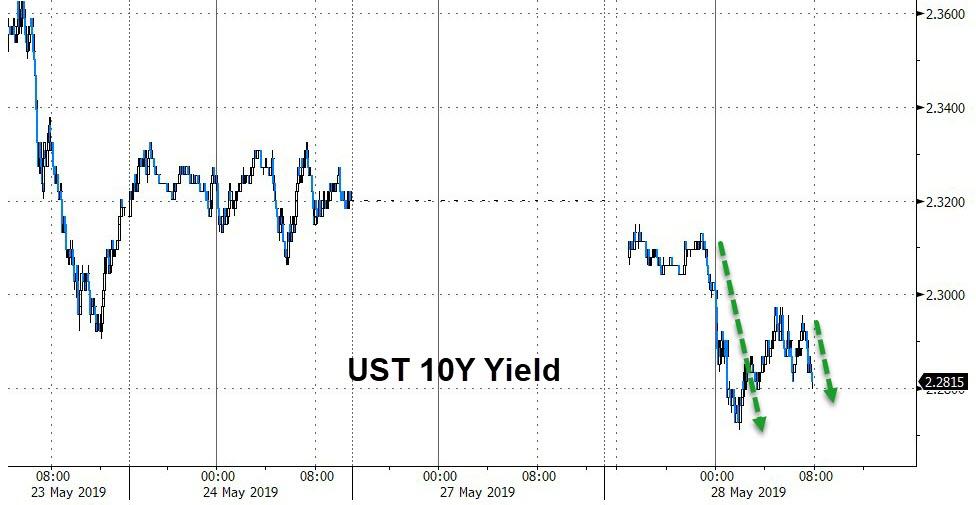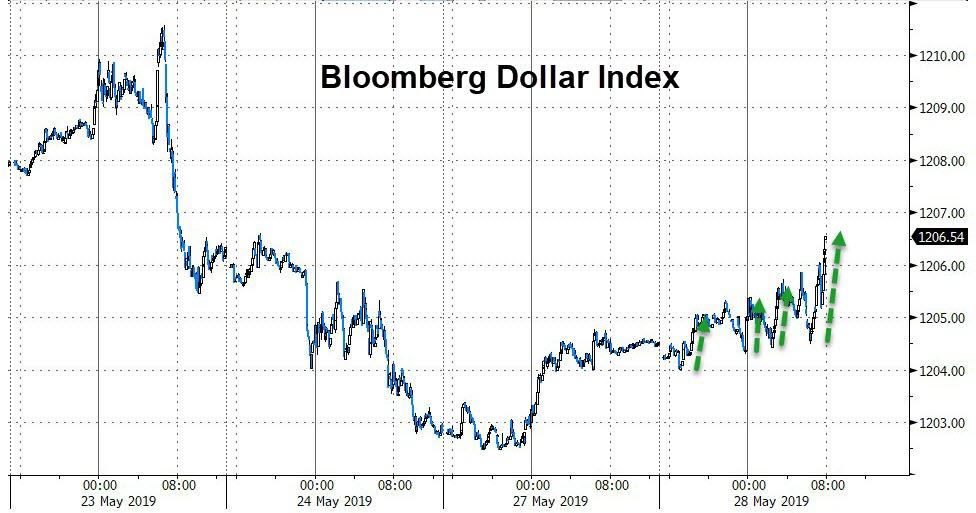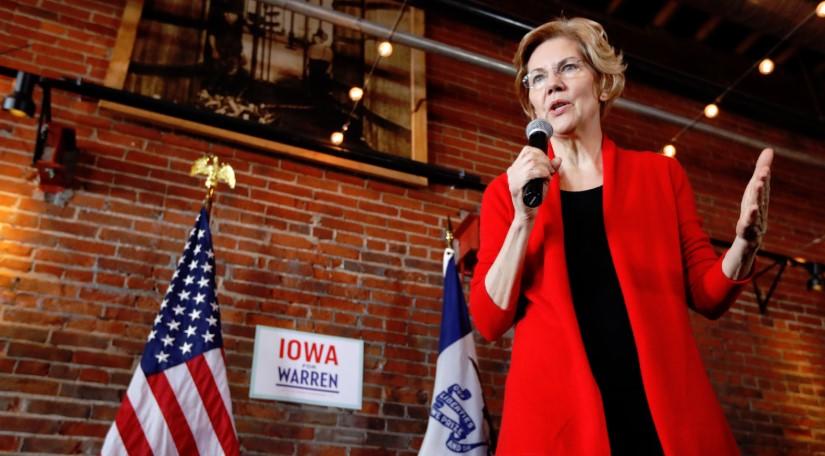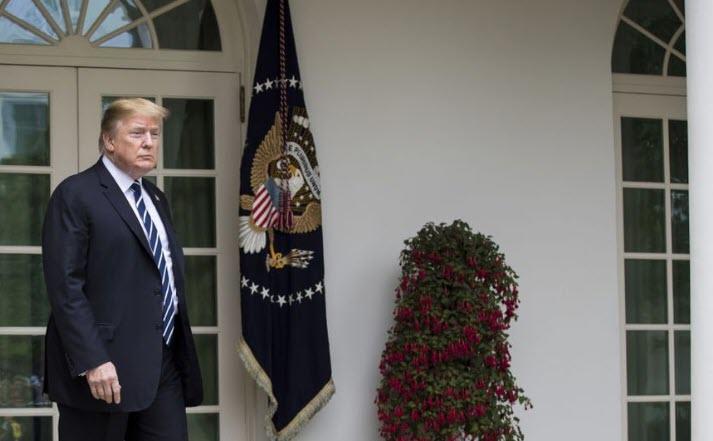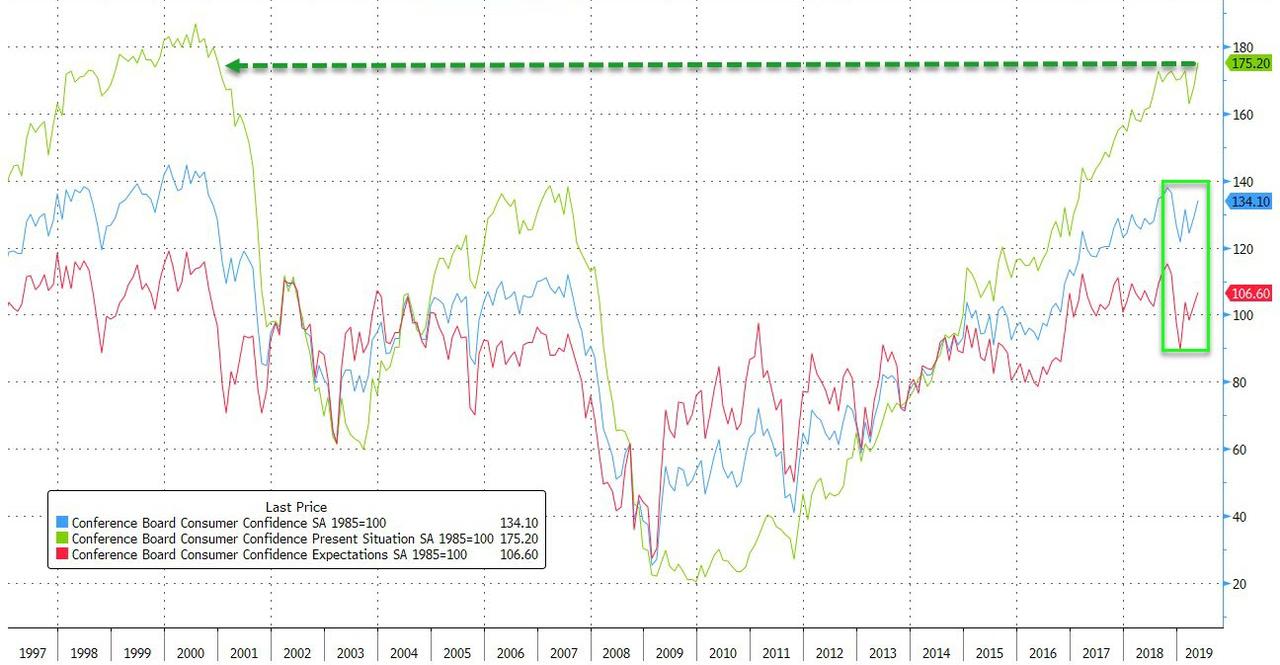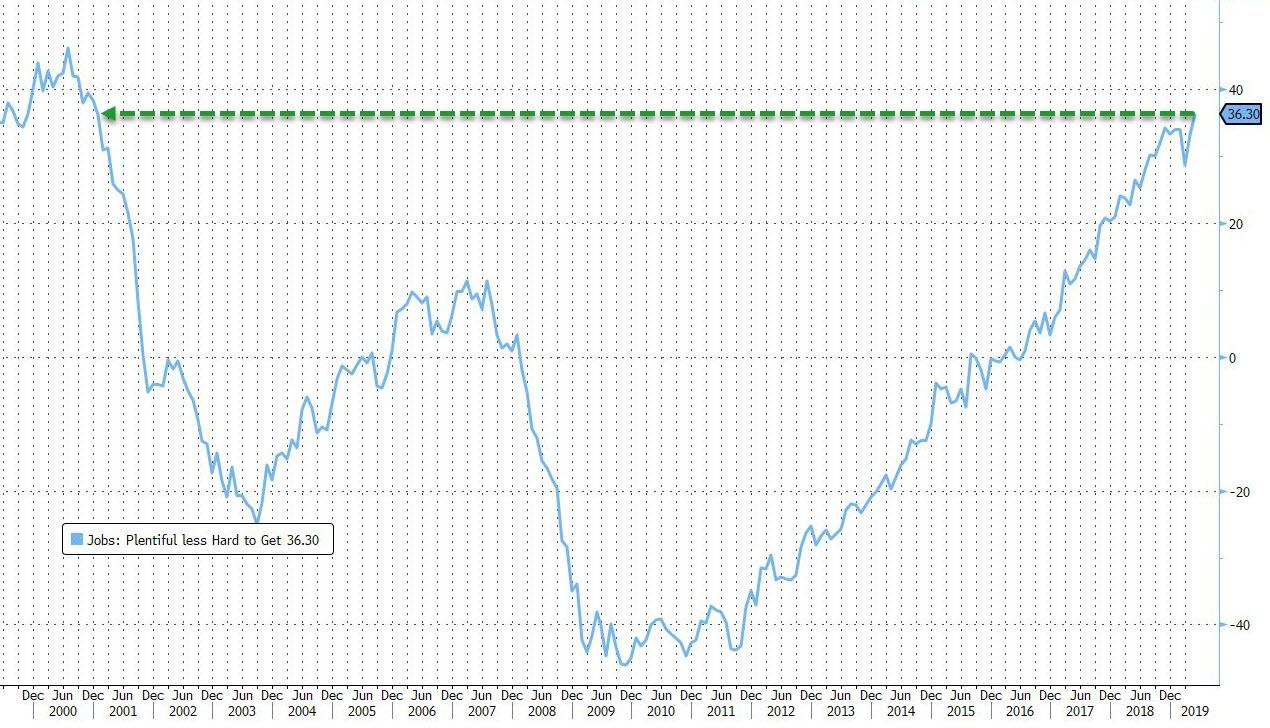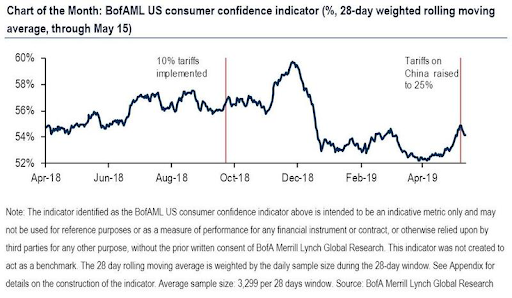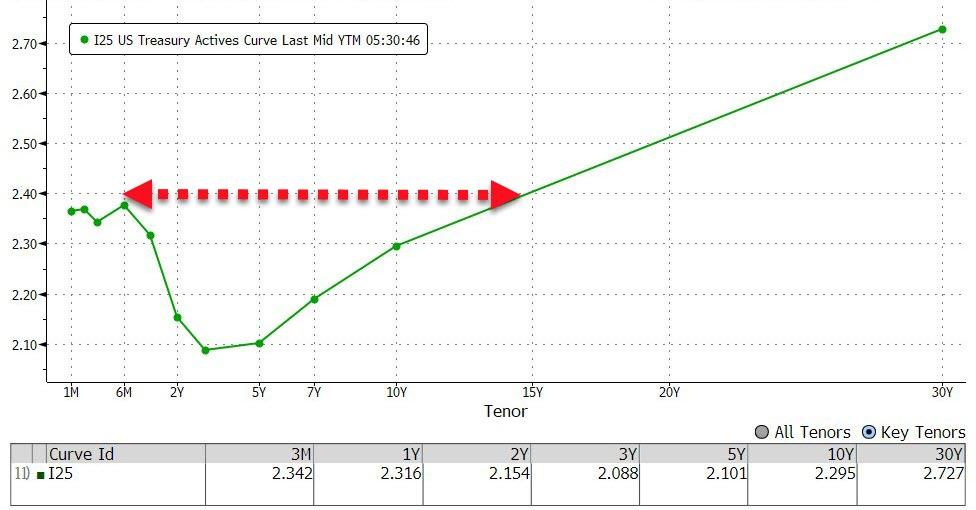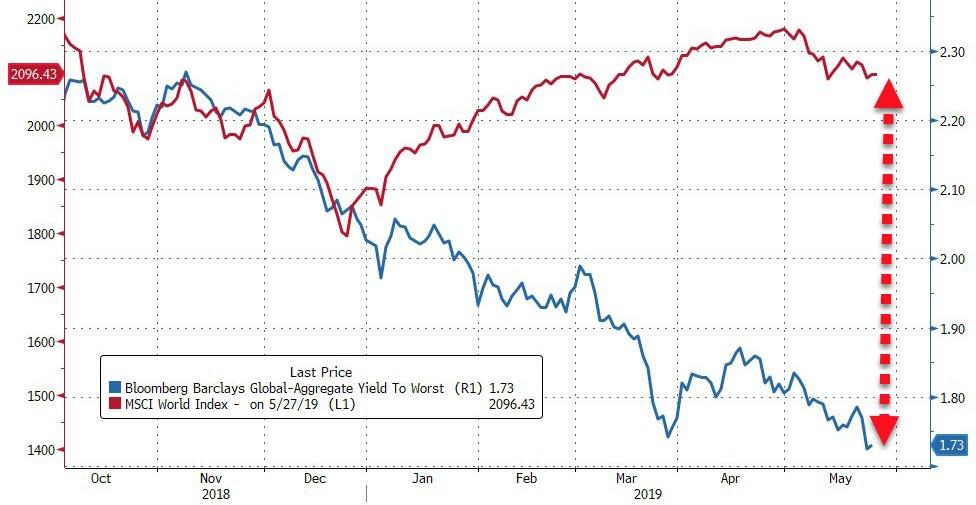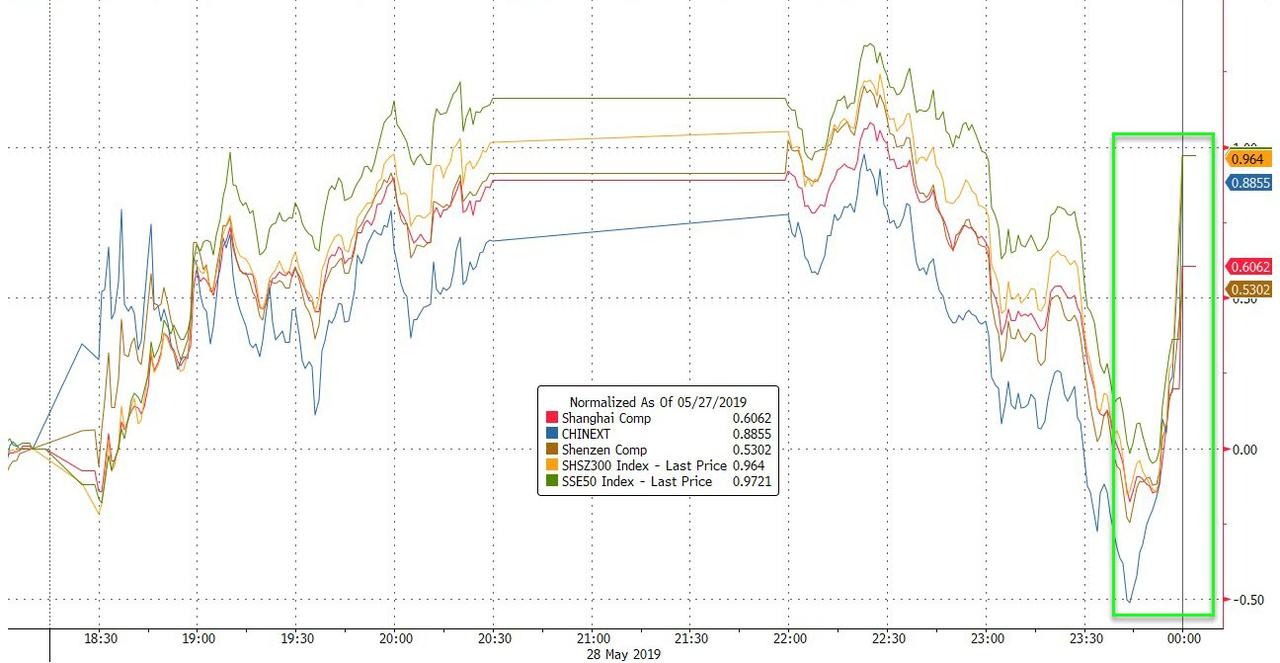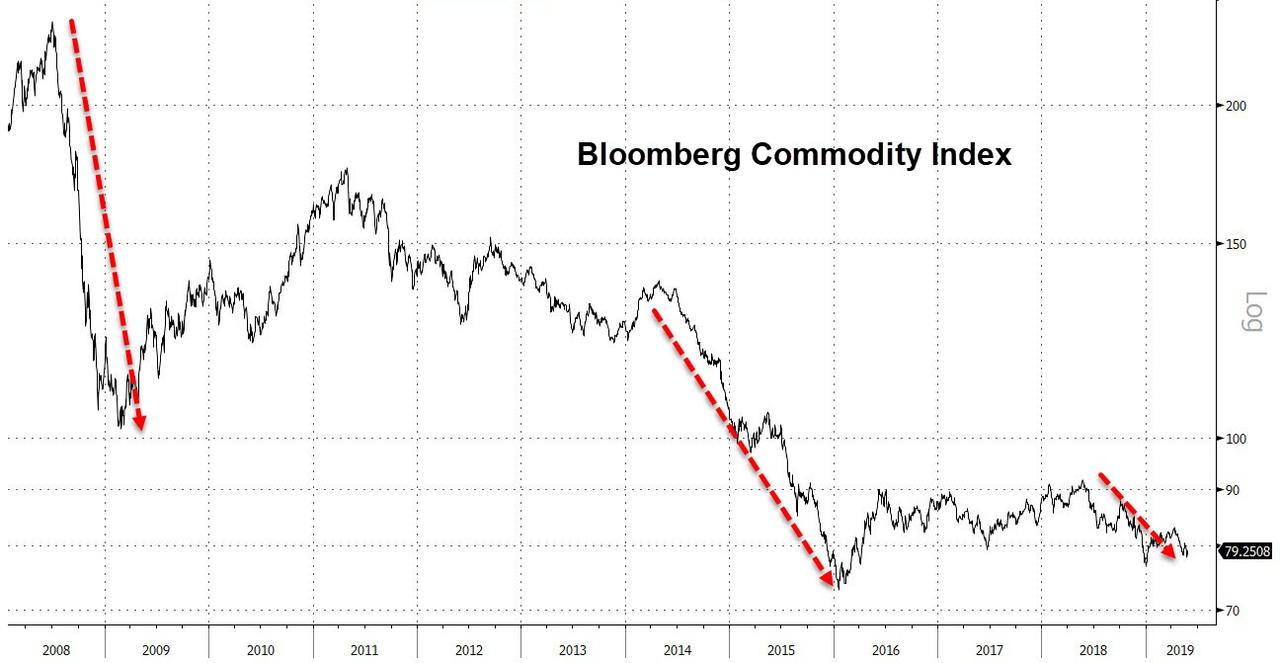U.S. companies such as Apple and Nike, which rely on China for a major part of their growth and which have targets painted on their backs as Beijing and Washington ratchet up trade-war tensions, are “bracing for China’s retaliatory wrath” according to Bloomberg.
While Beijing has yet to formally retaliate after Trump blacklisted Huawei, Chinese state media last week said China is “well armed to deliver counterpunches,” without giving specific details. And as companies await China’s next move, there is rising, if unwelcome, suspense over what form retaliation might take. Companies might “just have to read the tea leaves on how their business operations are being treated,’’ Erin Ennis, senior vice president of the U.S.-China Business Council, said in an interview with Bloomberg Television on Saturday.
As Bloomberg notes, one option China could use is from the 2017 “template” when relations with South Korea deteriorated over Seoul’s decision to deploy a missile shield. The government curbed travel to South Korea, hurting cosmetics companies that rely on Chinese tourists, while local authorities shut most of Lotte Shopping’s China stores, alleging fire safety violations. Consumers boycotted South Korean products, dealing a devastating blow to Hyundai Motor sales. A similar pattern of action took place during the 2013 trade feud with Japan which escalated over territorial disagreements in the East China Sea.
Naturally, a lot at stake, with Bloomberg noting that China’s fast-growing consumer market is a top priority for U.S. giants looking for growth in a slowing global economy. And, as Apple made abundantly clear when it slashed its profit guidance in January, no company is more exposed to China’s wrath than the Cupertino-based company.
So how bad could it get for the world’s largest company? According to the latest increasingly gloomy research, the answer is very.
Since Apple gets 20% of its revenue from China and manufactures its iPhones (which generated 60% of its total 2018 revenue) there, few companies are as exposed to Beijing’s retaliation. Apple has already been suffering in the region, seeing sliding revenue as consumers buy more phones from Huawei and other local brands. According to relatively optimistic research by Wedbush analyst Dan Ives, blowback from Trump’s Huawei ban could cost Apple about 3% to 5% of its iPhone sales in China.
It gets worse.
In a research report from May 27, Citi announced that it was “proactively slashing” its iPhone unit sales “as we believe the US/China trade situation will result in a slowdown of Apple iPhone demand in China as China residents shift their purchasing preference to China national brands.”
Citi warns that independent due diligence reveals “a less favorable brand image desire for iPhone and this has very recently deteriorated.” As a result, Citi is materially lowering its sales and EPS estimates below consensus as China represents 18% of Apple sales “which we believe could be cut in half.“
Within China Apple has 12% unit share (exiting Dec 2018 and -10% market sham for FY18) and we believe these unit shipments could be cut in half. We remain optimistic on Apple services with Apple Arcade to launch in 2H 2019. We note Apple stock has already pulled back -15% in the past 30 days compared to the S&P500 -5% and is trading at 15x NTM PE on consensus and 16x NTM PE our materially below consensus forecast.
So while Citi does not see multiple compression, it is worried that “consensus is simply too high” and based on its updated below consensus view, Citi cuts its target price to $205 from $220 as “in the months ahead consensus will likely recalibrate lower closer to our below consensus estimates.”
Meanwhile, in an even more stark take on Apple’s worst case scenario, Wedbush analyst Krish Sankar projects that EPS could plunge by 26% in fiscal 2020 in the event that China bans the iPhone in retaliation to Trump’s Huawei ban. .
“Apple’s iPhone, iPad, and Mac systems are at risk of experiencing demand destruction due to collateral damage from the sales ban to Huawei” Wedbush warned, adding what we have repeatedly discussed, namely that the perception that Huawei is being “unfairly punished” could lead Chinese consumers “to retaliate as patriotism leads them to support domestic brands while products and services from U.S. companies fall out of favor.”
That said, Wedbush concedes that a full iPhone ban is an “extreme case” scenario, and expects that the earnings impact from weaker China demand will be “material but manageable.”
“We estimate 5-30% unit demand destruction across all hardware sales in China could impact EPS by 1-8%,” wrote Sankar, who nonetheless affirmed an outperform rating and a $245 price target. As a reminder, last week none other than Goldman estimated that Apple’s earnings would take a 29% hit if China banned Apple products.
And now all eyes turn to Beijing which for all its bluster has yet to actually announce any “nuclear” (listed here) or otherwise responses to the ever-escalated trade and tech war.
For more on China’s escalating boycott of Apple products, watch the following clip:
via ZeroHedge News http://bit.ly/2YTRk16 Tyler Durden
